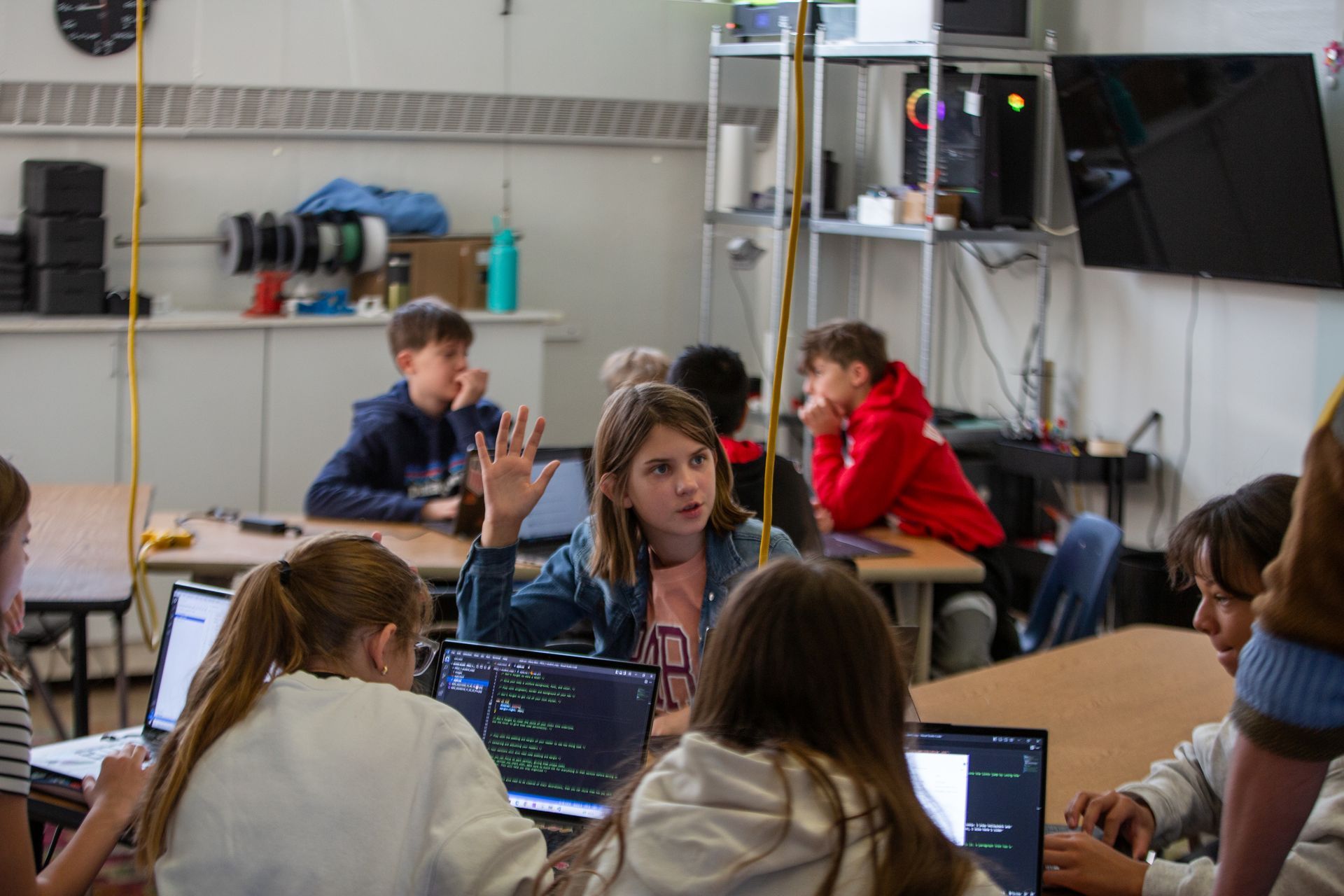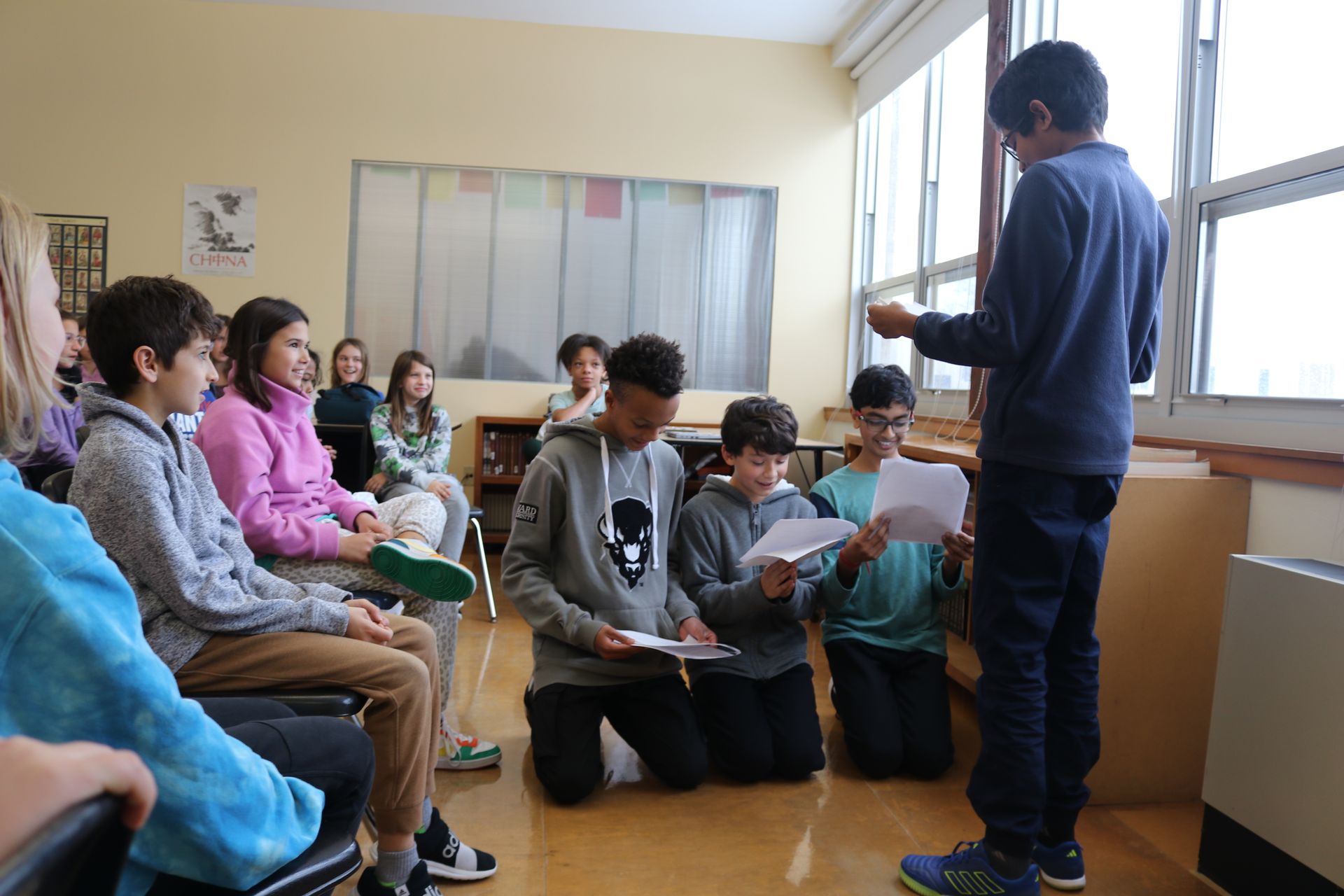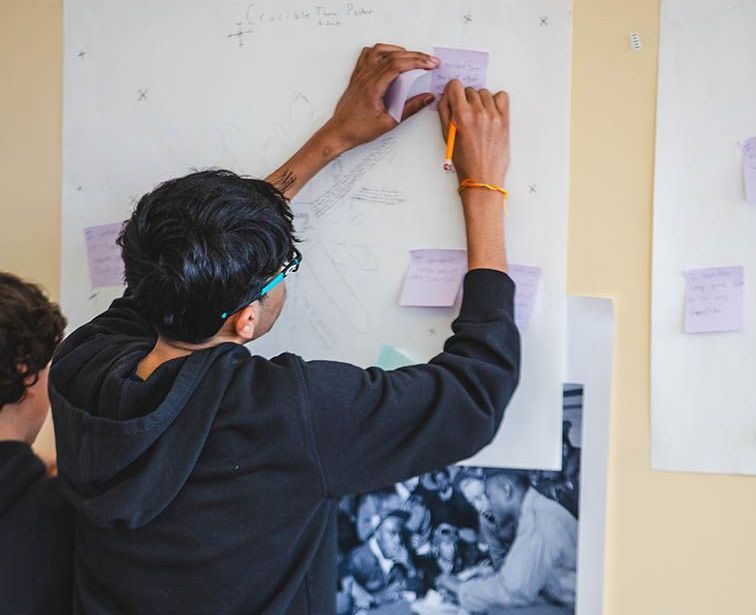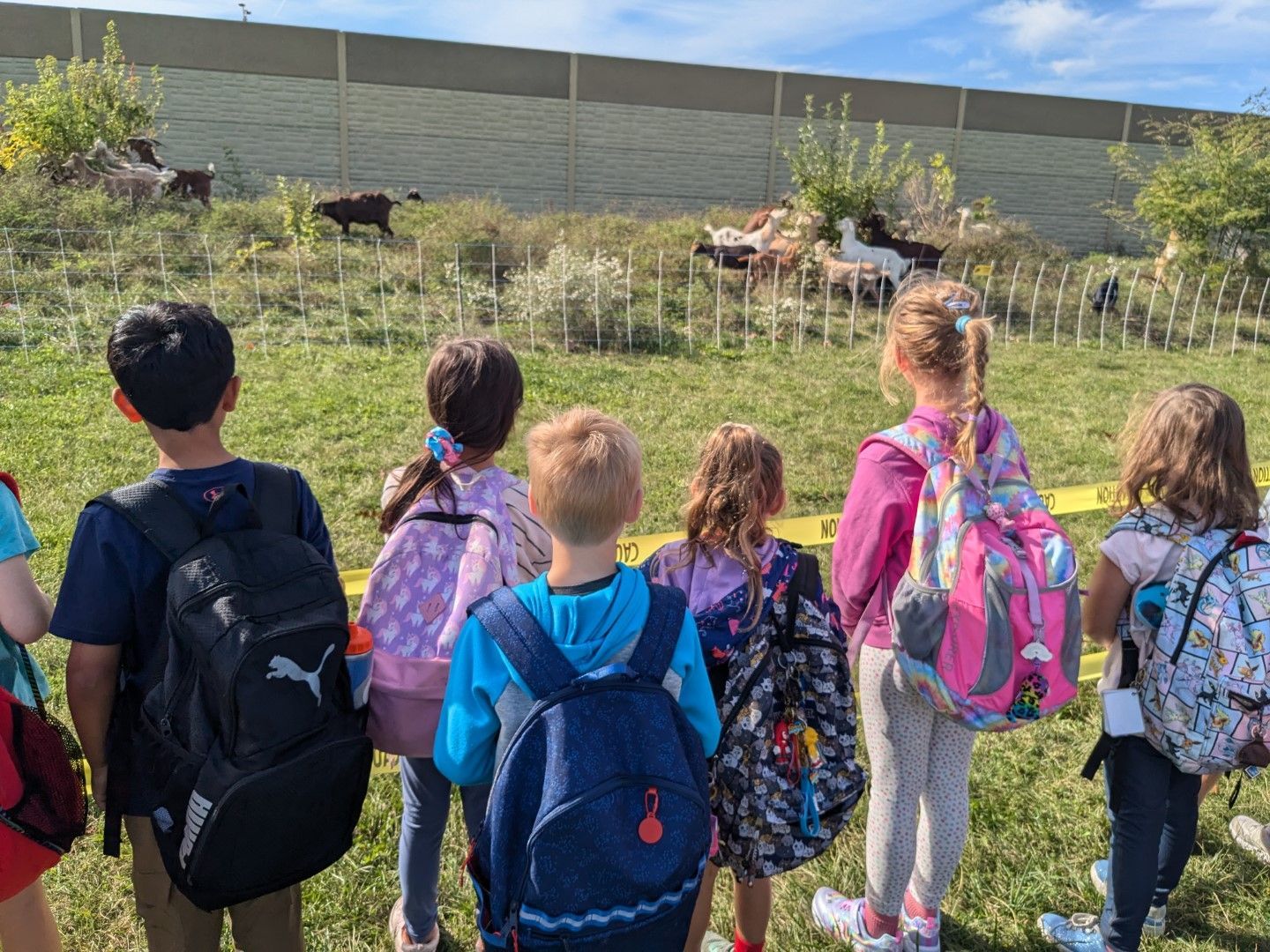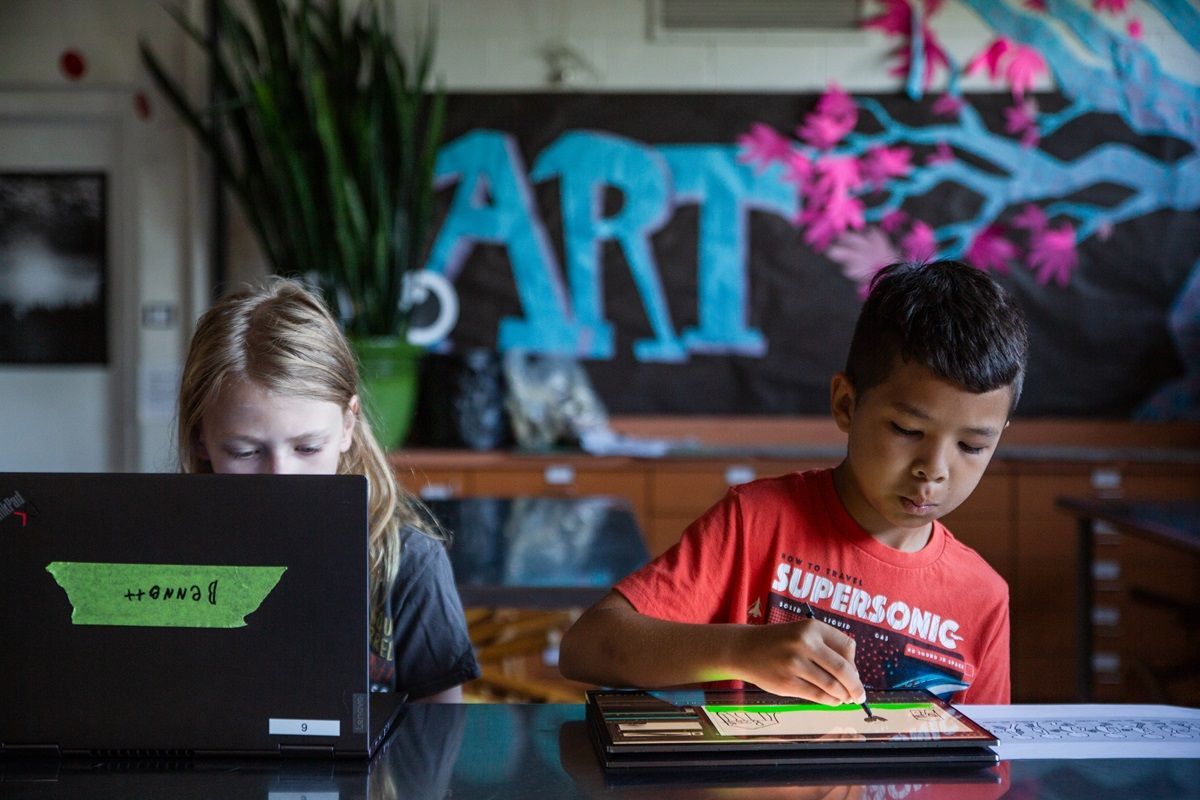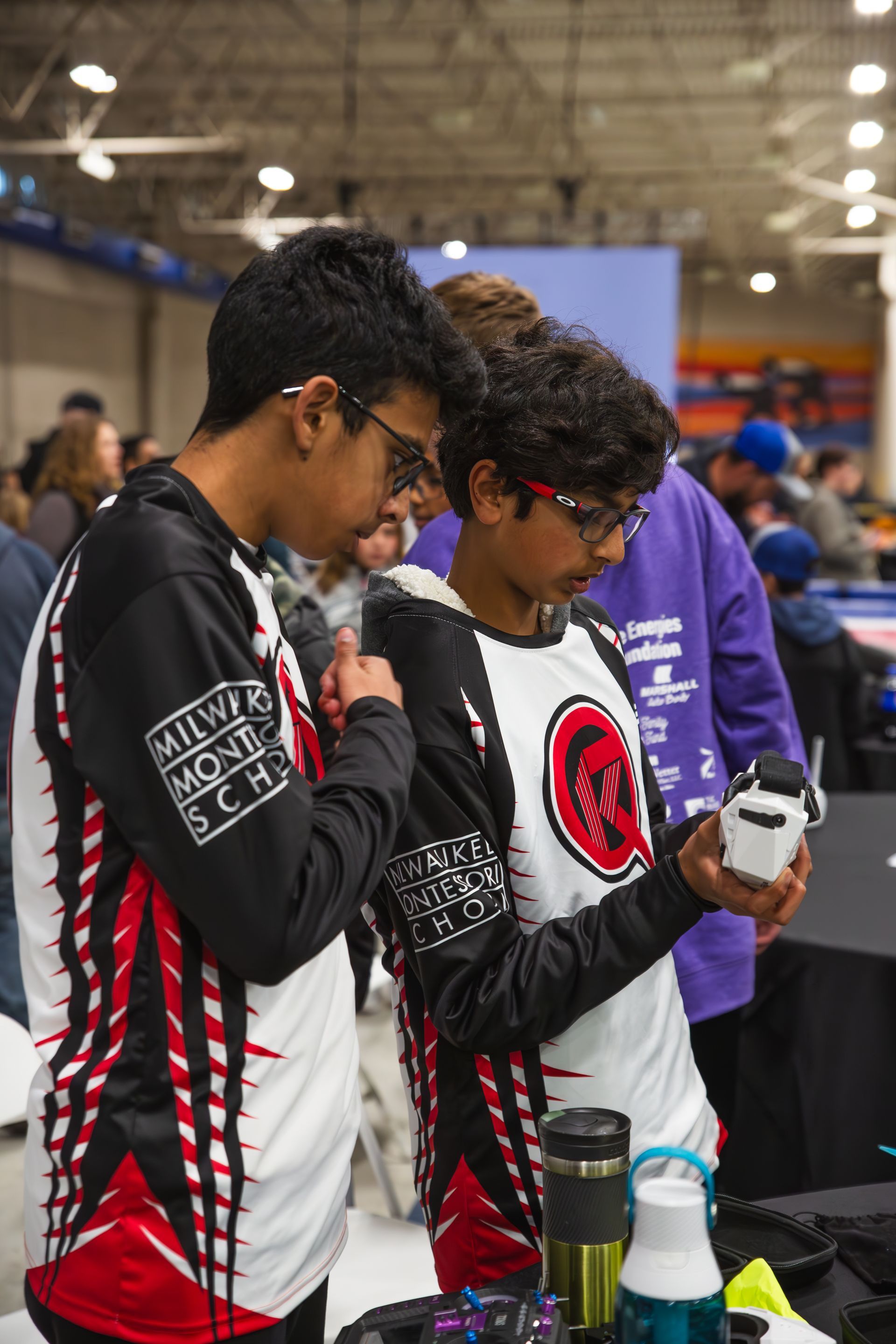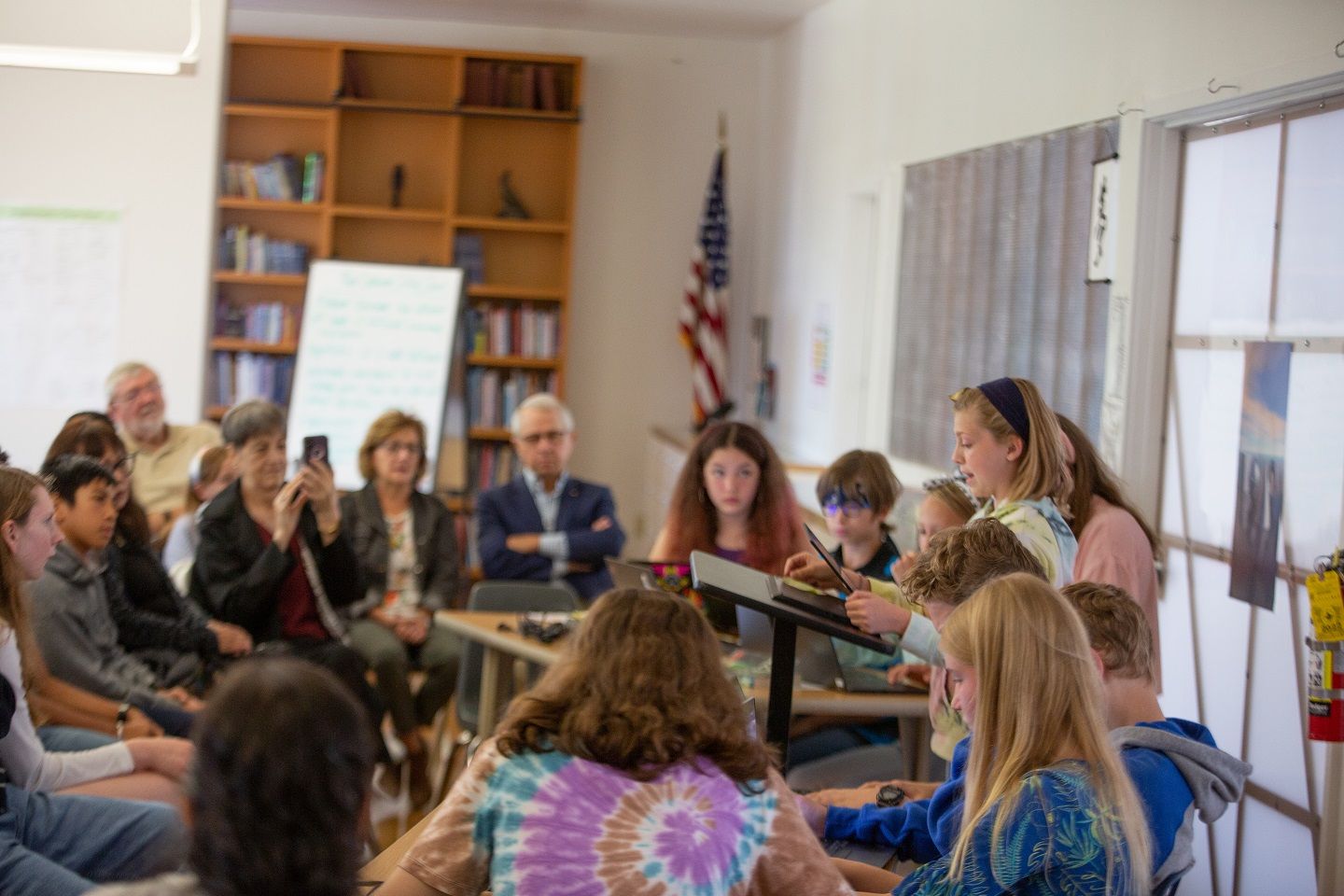Why Do We Have Drone Teams and Quad Lab?
New Paragraph
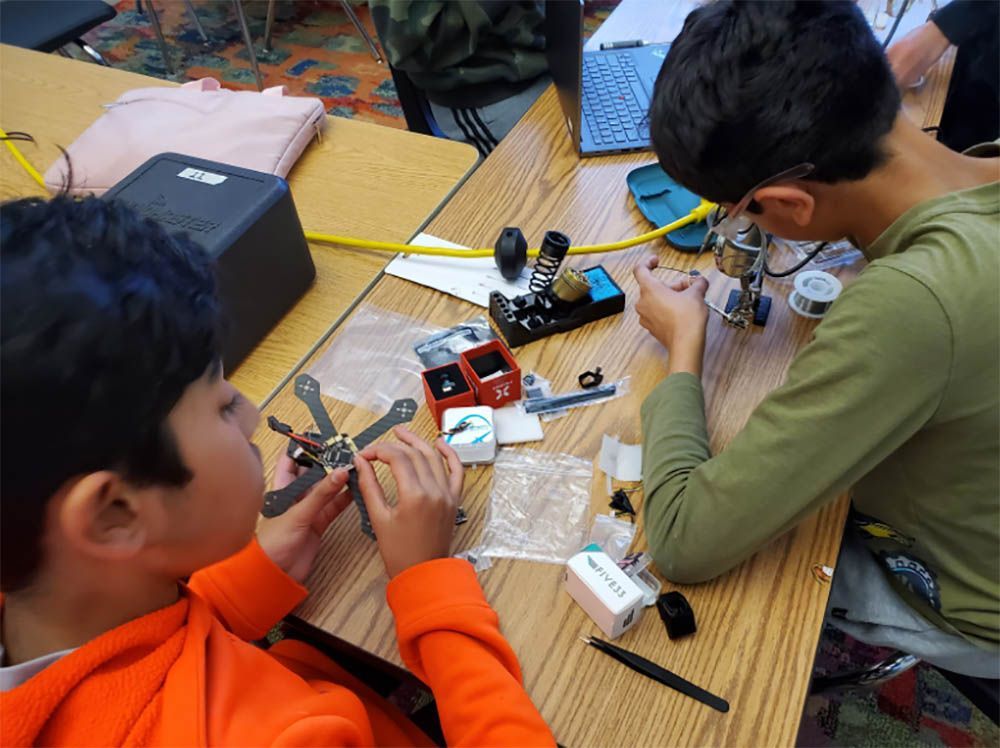
Contrary to what people may imagine, the MMS Drone Team and Quad Lab are not clubs where students take a drone out of a box and try to fly it.
In fact, we spend little time with Ready-to-Fly (RTF) drones, which come pre-assembled and require no customization. Instead, we build the drones ourselves, which allows our students to grapple with the complexities of assembling a drone from the frame up and requires that they solve a ton of technical problems on the path of getting their drones to alight from the ground.
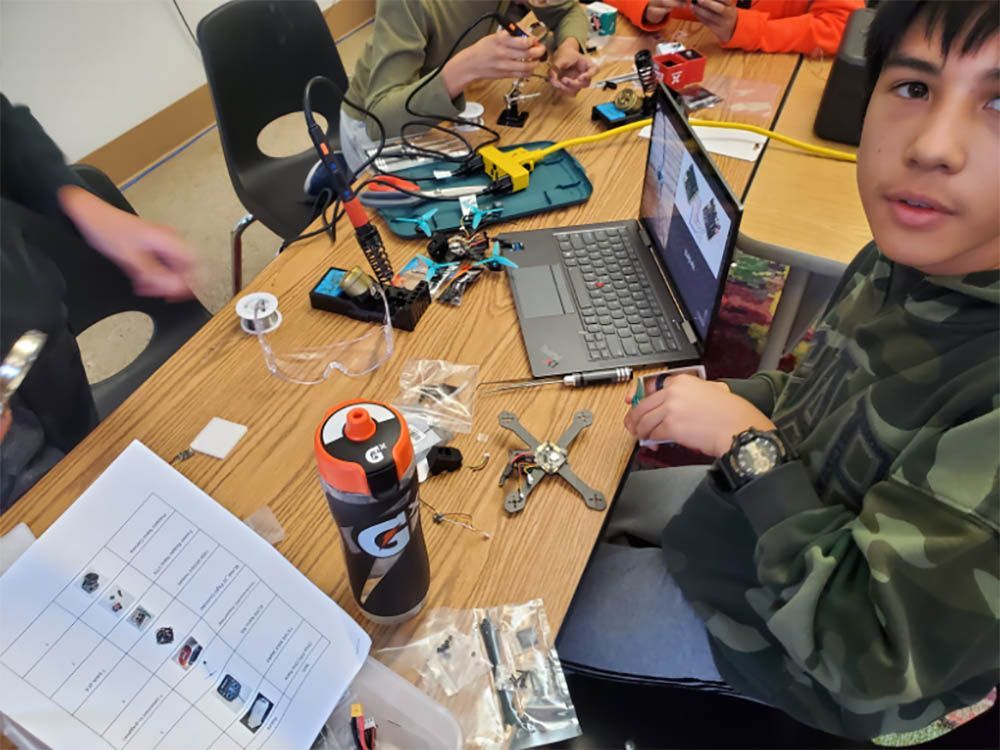
Building a working drone is just the beginning. Drones have to be programmed with distinct autonomy levels that can range from being remotely piloted, wherein a human controls its movements using a controller, to advanced autonomy, wherein it relies on a system of sensors and LiDAR (light detection and ranging) detectors to calculate its movement.
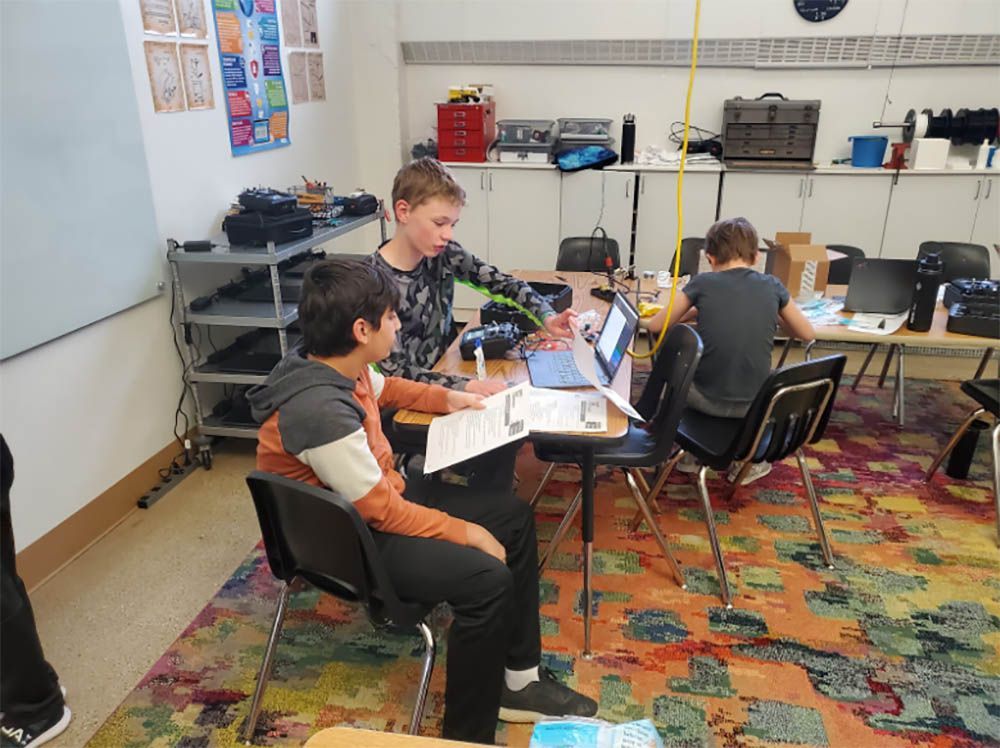
Believe it or not, programming their drones is easier than flying them for many students. Actually piloting a drone - getting it to fly and stay flying - is a huge hurdle that requires a set of well-practiced skills students must master using Velocidrone, a sophisticated flight simulation program we load on their computers. Our MMS team has practice tracks that we designed, and this customization allows us to start children with a series of learn-to-fly tracks that gradually progress to skills like split-S turns, carousels, and parachutes.
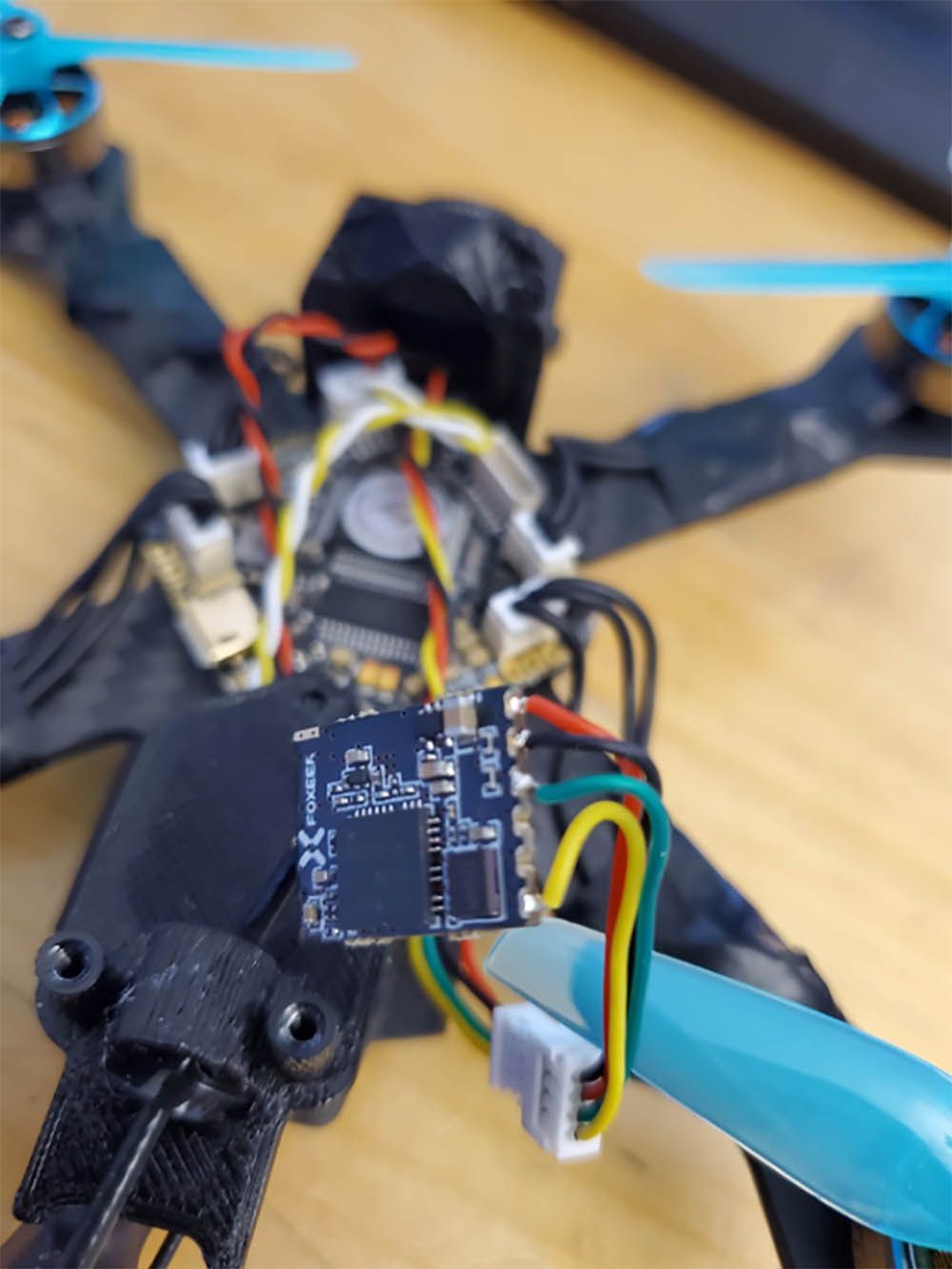
Why does this matter? First, it’s incredibly hard to build a drone from the frame up, and our students gain very complex skills in this process. By building the drones themselves they have the opportunity to work by trial and error to discover what fixes are needed to get the new drone to stay in flight for more than a few seconds. As is true of the Montessori method of learning, the immediacy of the feedback comes from the material itself, not from a teacher.
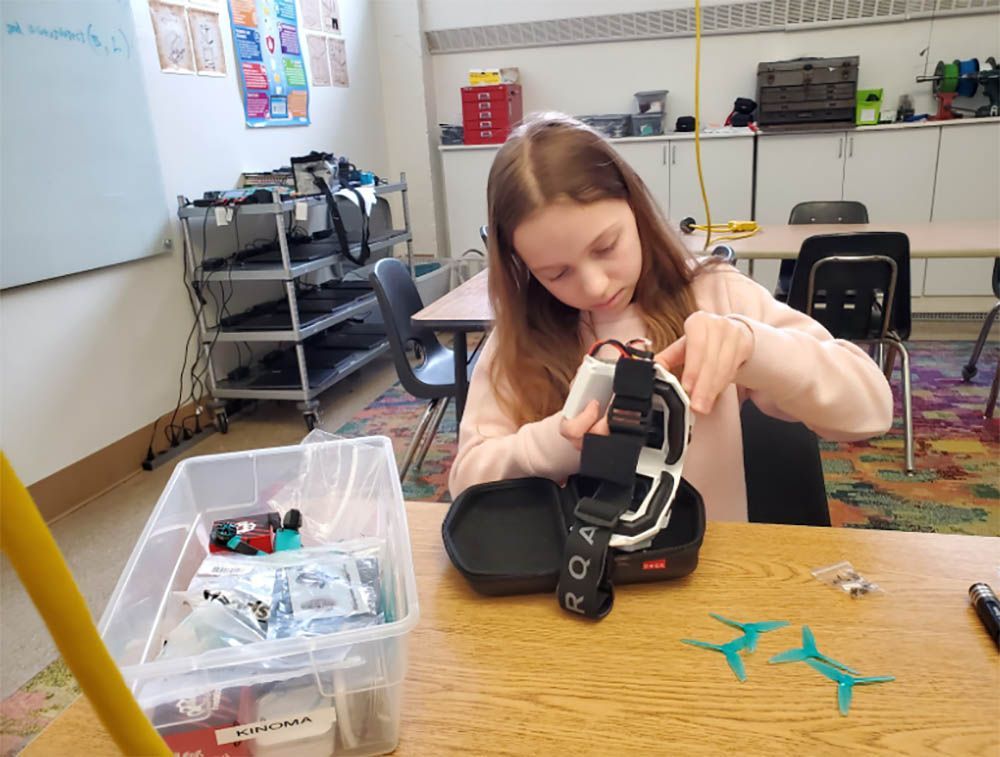
When the failure is obvious and objective, it doesn’t hurt, rather it invites stymied confusion, a million questions, and then the profound creative process involved in finding a solution that works.
Having learned exactly what keeps their drones airborne, the students must also learn to pilot the drones, act as drone spotters, and learn to repair drones quickly when serving on the team’s pit crew. Each team member learns all of these roles, and only if they all execute these roles successfully will they have winning races.
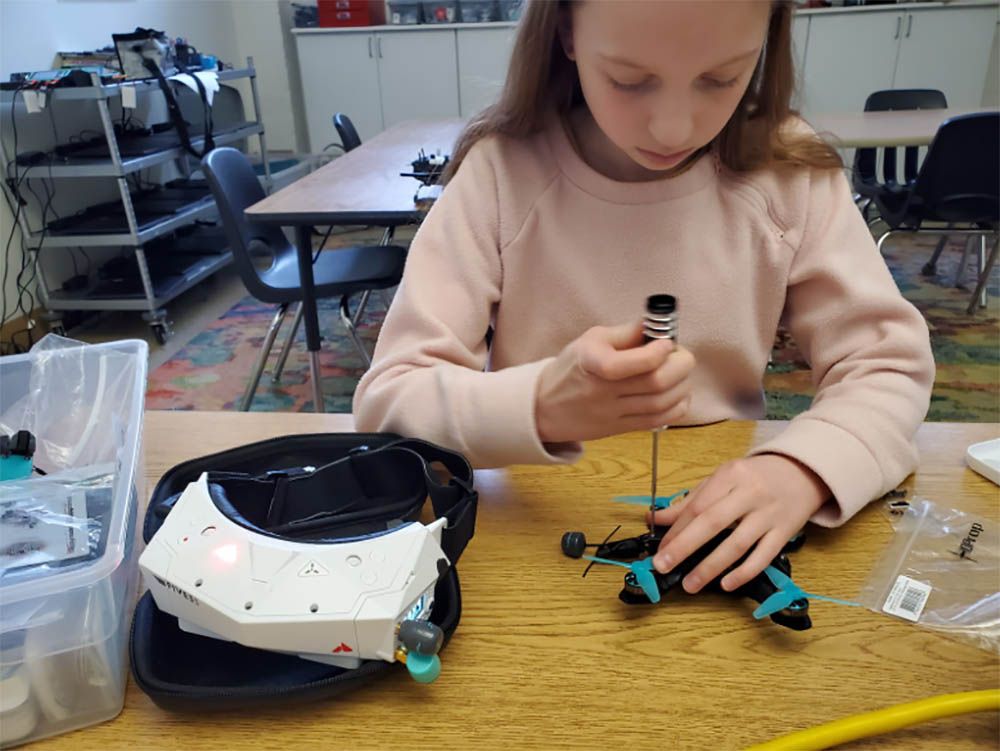
In the years to come those who have worked with drones will find that knowing how to program using Python, C/C++ and Javascript will help them find summer jobs. Our students who choose careers involving drones will be in high demand, as drones are going to continue to take over tasks that range from the mundane, such as delivering groceries, to the ultra-dangerous, such as rescuing avalanche victims. Even as the world is enveloped in AI, someone, (a human) will be designing, building, programming, and piloting the drones of the future.
Our groundbreaking drone program prepares MMS students to influence, shape,
and benefit from
the unimaginable new waves of technology just on our horizon.

